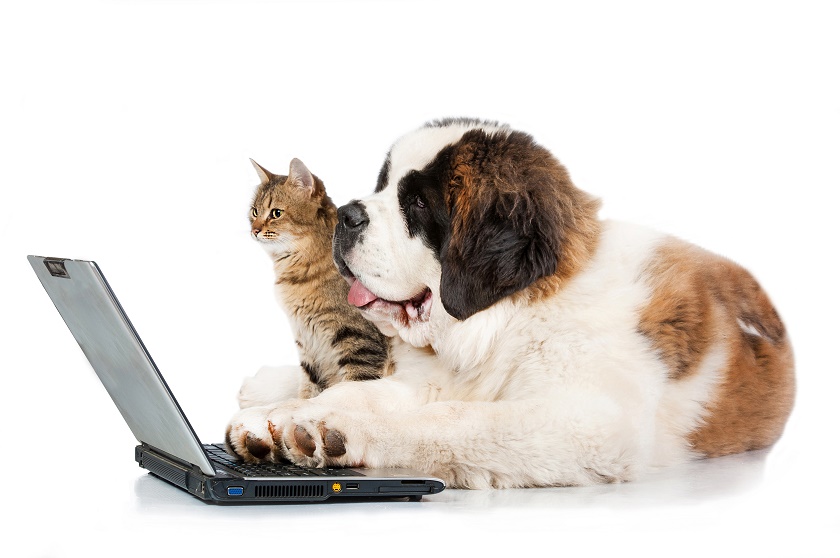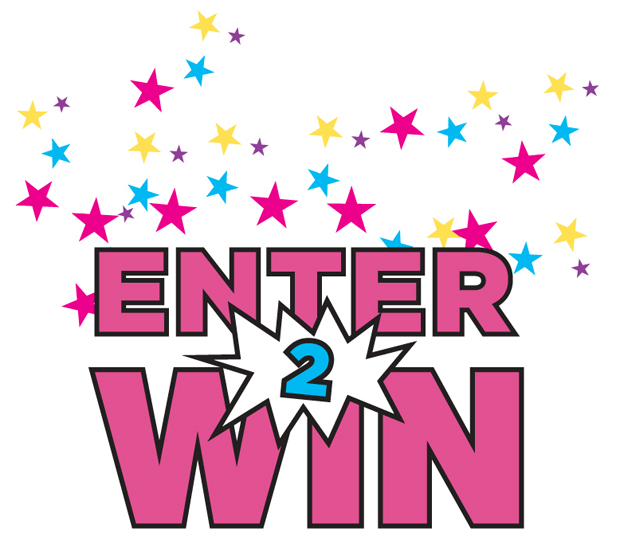How and When to Use Hashtags
by Carol Bryant, BlogPaws PR and Marketing Manager
How many hashtags are too many?
When should I use a hashtag?
How can I find out which hashtags are trending or popular?
Are hashtags the same across all social media platforms?
The above are four of the most common questions I am asked in the course of any given month here at BlogPaws. As with most things in life, moderation is key. If nothing else, moderation with purposeful use of hashtags will work better than spamming or overkill with hashtags.
A hashtag is that funky number symbol that looks like this: #. By using a hashtag symbol before a relevant keyword or phrase, folks can more easily follow along with your message or any message associated with it.
Case in point on Twitter:
Does it drive you nuts trying to figure out what certain hashtags mean? Discover what hashtags mean, and add your own definitions with tagdef.com.
Now for some do’s and don’ts when hashtagging:
DO
- Be as specific as possible when using a hashtag. If you want to connect with other cat bloggers, try #catblog #catblogging and/or #catblogger.
- When creating a new hashtag, ensure that it isn’t already being used. No one actually “owns” a hashtag but you certainly don’t want to Tweet with a hashtag that has previously been used. You can easily find this information by searching for a hashtag on tagboard.com. Type in “funnydogs.” Of course, this is heavily used so there is nothing new about it. However, you can jump on the #funnydogs hashtag bandwagon if you post a funny photo of your dog on social media.
- Do connect with other like-minded bloggers in your niche and engage in Twitter chats, including #BlogPawsChat. Online Twitter chats are a fantastic way to network, learn, connect with other bloggers, brands, and ask questions while growing a Twitter account. Ensure the #BlogPawsChat hashtag, for example, is included with every tweet or folks will not see what you have to say. The #BlogPawsChat takes place on Twitter every Tuesday night from 8 to 10 pm EDT except the third Tuesday of the month.
- Let your hair down and show a sense of humanity or humor, maybe even both. If I take a cute picture of my dog wearing a sweet outfit but looking annoyed, I might hashtag #IWillGetEven, for example. It’s not that I think tons of people are going to be hashtagging that, but it is funny and may even do more for a Tweet than one loaded with hashtags.
DON’T
- Don’t over hashtag a tweet or social share on Instagram, etc. It is incredibly annoying and appears somewhat spammy to see something like this. Less is often more.
- Make a super long hashtag. #ILoveMyDogAndHeIsSoCute is not a good example; #cutedog and #doglover are more appropriate.
- Use hashtags in the same way on Facebook as you do on other social media platforms like Instagram and Twitter. Clicking on Facebook hashtags will take you to a stream of posts that contain the same hashtag. You must, however, put the hashtag in the original post. Go light on Facebook hashtags; there are mixed feelings about them. Some say they work and others say they do not. More about Facebook hashtags.
How many hashtags are too many?
Let your instincts guide you on this one, but don’t overdo it.
Instagram is a different kind of beast. There are hashtags created specifically for Instagram photo challenges, days of the week, and more. Some of these include:
#ThrowbackThursday
#FlashbackFriday
#TongueOutTuesday
Instagram is an online photo sharing service that allows you to upload photos, apply effects or filters, then share them to a variety of other places.
What Instagram Isn’t
Instagram is not Pinterest. You don’t have to separate your pictures into “boards,” and there are no categories to build. Instagram is not something you have to worry about building and following and gaining new followers unless that’s your thing. If you love your dog/cat/ferret/bunny, etc, want to show the world, and see pictures of other people who love their pet (amongst other things), Instagram is all that and then some.
Vine uses hashtags in very much the same way. Get more scoop from me at the BlogPaws Conference in May for Instagram Tips for Rock Stars. #shamelessplug
Instagram Hashtags
On blogs, content is king; on Instagram, conversation is king. Use your blog’s key SEO keywords as hashtags. Test different hashtags out. If others are posting content that fits your niche with your hashtag
Here are a two more Instagram hashtags to dive into:
#Regram: Use this hashtag when you are posting something that was previously posted by a fan.
#LaterGram: If something happened a while ago but that photo was never posted, you would tag it #latergram. So if a month after the #BlogPaws Conference you go through images and post one from Nashville, tag it #latergram. Millions are using it; go look!
Follow BlogPaws on Instagram here and we will follow back!
Best Practices
Search, track, and comment: These are the three basic tenets of a hashtag. People come together with a similar purpose, intent, or idea via hashtag.
Be concise: Don’t have long, crude, or inappropriate hashtags. Use them with purpose and intent but don’t go overboard.
No spaces in hashtags and be clear.
Yes: #BlogPawsChat
No: # Blog Paws Chat
In close, if we actually talked in hashtags, imagine what it would sound like. Probably something like this:









